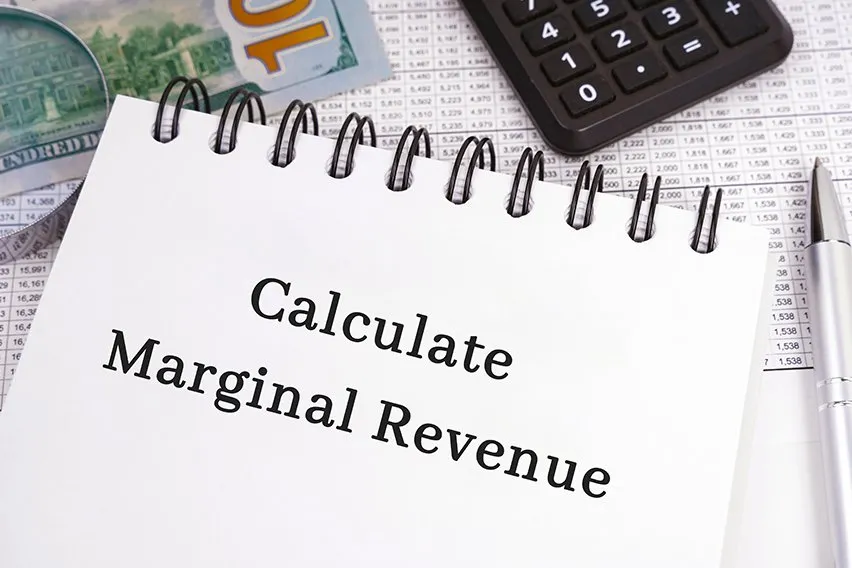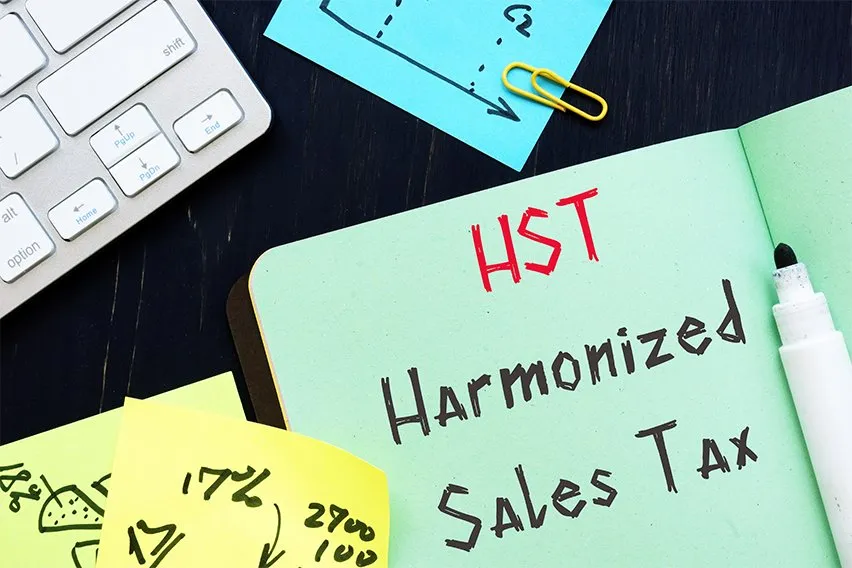What Is Payroll Remittance & Deduction?

As an employer, payroll is an important part of the business. It’s how you pay your employees, after all. However, there are also certain responsibilities that employers have attached to payroll. These responsibilities are dictated and regulated by the Canada Revenue Agency. The Canada Revenue Agency expects all employers to follow these responsibilities and abide by them. If you’re an employer in Canada, keep reading to learn about payroll remittance and deductions.
Here’s What We’ll Cover:
Examples of Payroll Deductions
Remitting Deductions to the Canada Revenue Agency
What is Payroll Remittance?
When you are an employer in Canada, the Canada Revenue Agency expects you to follow pay regulations. Among them are the regulations regarding payroll remittance. Payroll remittance is the filing of payroll deductions to the Canadian government. All correct payroll deductions are remitted to the Canada Revenue Agency. To put it simply, remittance is the schedule that a business must follow when filing deductions.

What is a Payroll Deduction?
If you’ve ever held a job before, you’ll be familiar with payroll deductions. A payroll deduction is a specific amount of money taken out of an employee’s wages. It may also be referred to as a contribution from wages. The employee contribution is taken out and applied to services or government programs. The remaining amount after deductions is the employee’s net wage. This is also known as take home pay.
When it comes to deductions, there are involuntary and voluntary deductions. An involuntary payroll deduction plan is contributed to government programs. All businesses with employees are required to join these programs. Some of these plans include the Canada pension plan, employment insurance, social security, and payroll taxes.
A voluntary payroll deduction plan is a plan offered by the company or the government. Employees can opt in to these plans if they choose to. These include health insurance, savings bonds, charitable contributions, and social plans.
Employers are Responsible For Accounting Properly
Employers are in charge of making sure that all payroll program accounts are accurate. Any taxable benefits have to be documented properly. Once all of these benefits are accounted for, then deductions can start being made. Many employers find that using accounting software for payroll deductions is beneficial. Without some sort of assistance, it can be hard to track all of the benefits employees receive deductions for.
Examples of Payroll Deductions
Most employers can categorize payroll deductions into three distinct categories. This makes keeping track of deductions easier for the employer. These types of deductions are listed below.
Canada Pension Plan (CPP)
For any employee between the ages of 18 and 70, the Canada Pension Plan is a mandatory deduction. The only exceptions would be employees that already receive CPP or disability insurance payments. Otherwise, employers must deduct from payroll for this program. If your business is in Quebec, you’ll deduct for the Quebec Pension Plan (QPP) instead.
Employers are responsible for using the payroll deductions tables to calculate the right amount for the CPP. These tables are distributed annually by the Canada Revenue Agency. The information they need to use specifically is the CPP contribution rates and maximums table. The amount withheld from employees is used for their individual pension plan. This benefits them when they retire, or if they become disabled.
Income Taxes
Income tax deductions are possibly the most talked about form of payroll deductions. Each employee is subject to a territorial or provincial income tax. Taxes withheld need to adhere to the provincial rates. If any more are taken then employees will need to be notified, as they’ll need a tax refund. Should the incorrect amount be taken from an employee’s wages, the employer will be held responsible.
Tax form TD1, known as the Personal Tax Credits Return, is used to determine the amount deducted. Individuals fill this form out upon accepting employment. They can also update it at any time, when necessary. Employers keep this form on file, and can refer to it when making payroll deductions.
Employment Insurance (EI) Premiums
Employment insurance premiums are the last form of deduction that employers need to be aware of. EI is run by Canada’s federal government. It is used to protect employees that have health issues come up during employment. This can include sickness, pregnancy, or maternity leave, among other things. It can also be used when caring for an ill family member. These benefits are paid out in these times of need.
Both employers and employees contribute to EI premiums. Employees deduct EI from each dollar of their pay until the yearly maximum is reached. Employers pay 1.4 times the amount that employees do. The table used for calculating EI premiums is the EI premium rate and maximums table.
In Quebec, employees also pay into the Quebec Parental Insurance Plan (QPIP). Employers are responsible for deducting the right amount for QPIP and EI premiums.

Remitting Deductions to the Canada Revenue Agency
As discussed previously, employers have to remit all employee deductions to the CRA. This can be done by way of mail or using the online portal available. The online portal lets employers file and remit all deductions electronically. It is called My Business Account.
Every year, employers must submit remits by certain deadlines determined by the CRA. When deadlines aren’t met, employers face penalties from the CRA. Failure to file or late filing of deductions can lead to the following penalties:
- If payment is 1 to 3 days late, 3% penalty on all deductions
- If payment is 4 to 5 days late, 5% penalty on all deductions
- If payment is 6 to 7 days late, 7% penalty on all deductions
- If payment is more than 7 days late or unpaid, 10% penalty on all deductions
- If penalties are recurring for 1 year, 20 % penalty on all deductions
Key Takeaways
As an employer, it is your responsibility to calculate all payroll deductions and remit them to the CRA. Failure to do so can lead to severe penalties and fines. If they aren’t paid in enough time, employees will suffer from wage garnishments. Make sure you’re keeping up with deductions and remits. Our resource hub has more information just like this. Be sure to visit it with any questions you may have!
RELATED ARTICLES

 Learn How to Calculate Marginal Revenue
Learn How to Calculate Marginal Revenue What Is a Bad Debt Expense? Overview, Example & Calculation
What Is a Bad Debt Expense? Overview, Example & Calculation What Is Cloud Accounting? A Small Business Guide
What Is Cloud Accounting? A Small Business Guide What Are Accrued Liabilities? Definition, Types & Examples
What Are Accrued Liabilities? Definition, Types & Examples How to Do Cash Flow Analysis? The Ultimate Guide
How to Do Cash Flow Analysis? The Ultimate Guide How to Calculate HST for Small Businesses
How to Calculate HST for Small Businesses